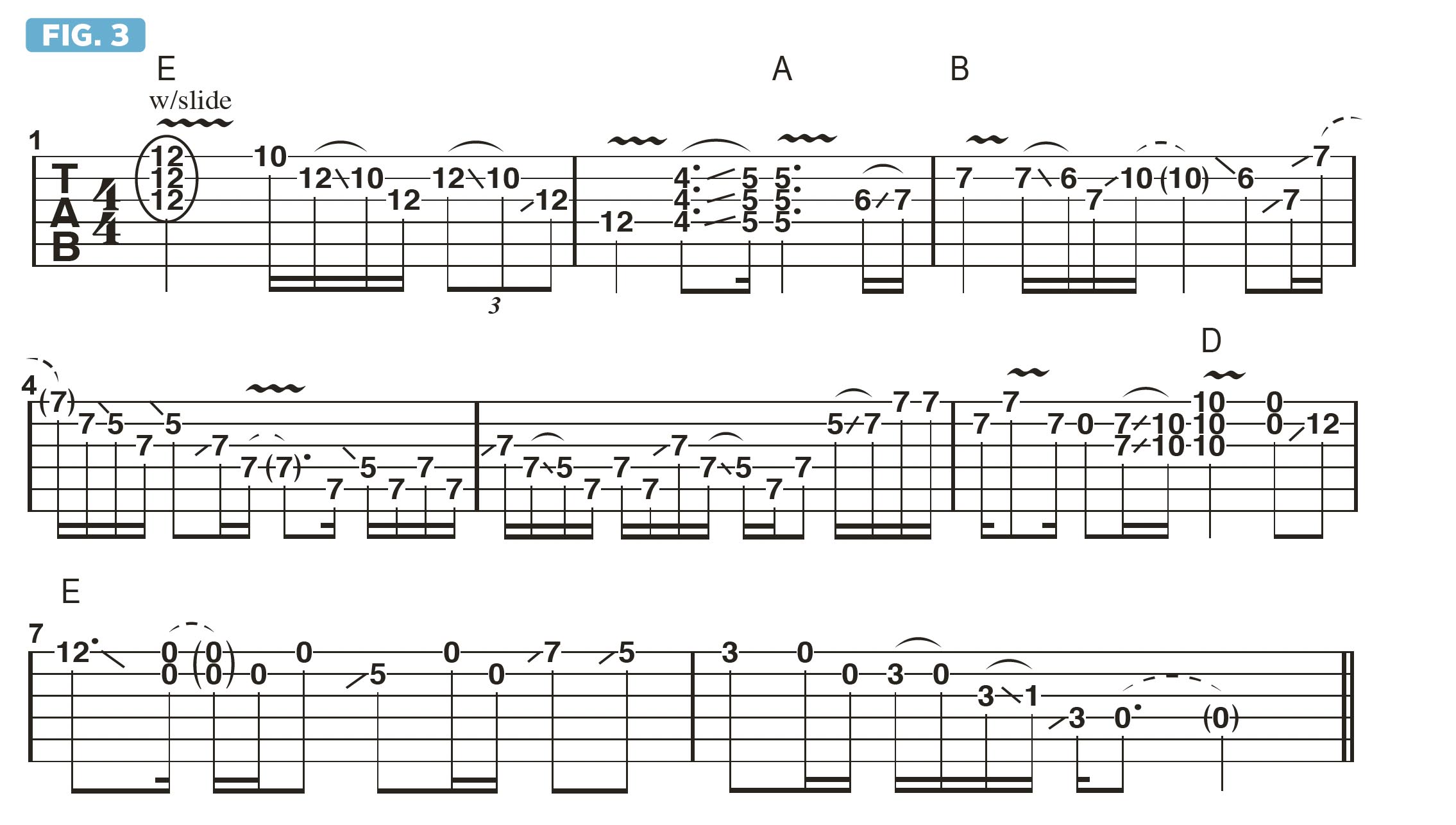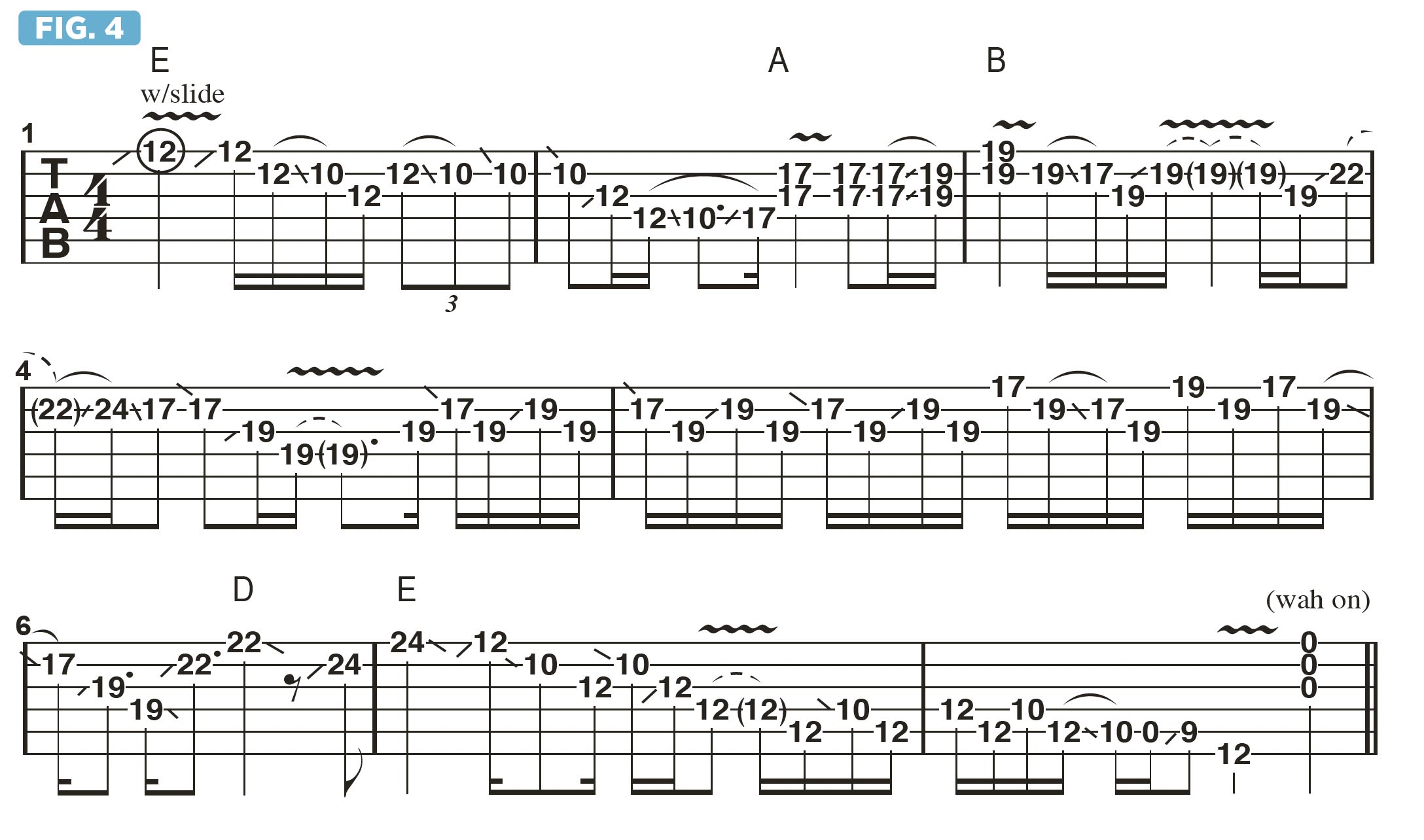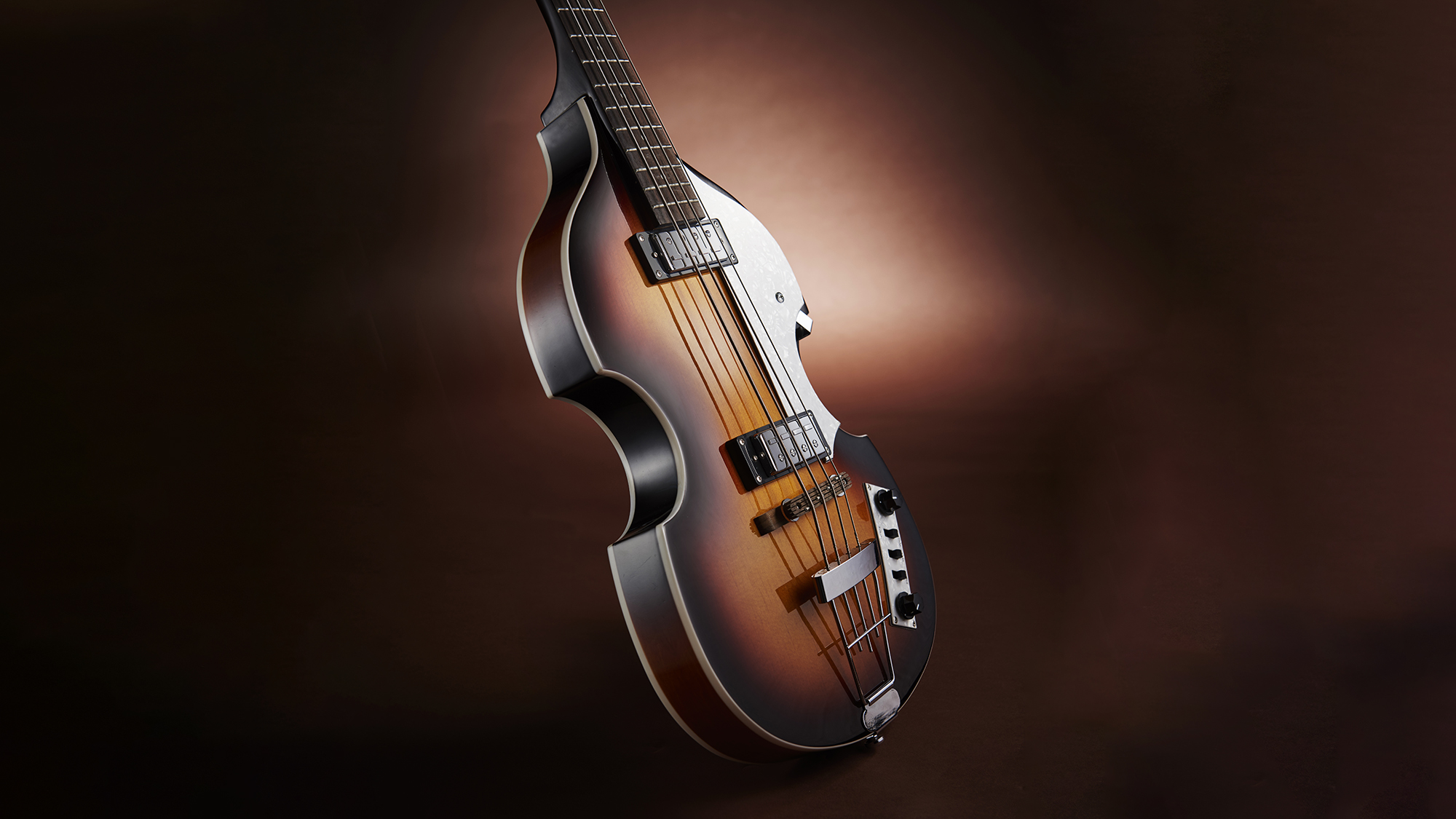How to play slide guitar solos in open E tuning
Get creative with a slide and an open tuning and you can add a vocal glissando quality to your playing

Slide guitar is a technique that just about every guitar player I’ve ever known has been fascinated by. Unlike the sounds that are created by fretting notes conventionally, with the fingers, a hard, smooth object, called a slide, is instead pressed against the strings.
As with conventional fretting, shortening or lengthening the distance between the slide and the guitar’s bridge will make the notes sound either higher or lower in pitch.
The big difference is that using a slide takes the frets out of the equation; one can place the slide on a string, pick the string and then glide the slide up and down its length to change the pitch in a seamless glissando, akin to the manner by which the human voice can sweep from one note to another. And a beautiful, vocal-like vibrato can be produced by wiggling the slide back and forth against the string over the fret.
The roots of the sound and techniques of slide guitar can be traced back to the “diddley bow,” which is a taut wire strung between two fixed points – such as two nails hammered into opposite ends of a board – and as the wire is plucked, a smooth object is moved up and down its length to alter the pitch of the note.
Slide guitar would become an integral element in the sound and development of American blues, as exemplified by Blind Willie Johnson, Muddy Waters, Elmore James, and Son House, and carried into the rock era brilliantly by Ry Cooder, Duane Allman, Lowell George, and many others.
Slide guitarists often tune their strings to what's known as an open tuning, which allows one to strum across all of the open strings to produce the sound of a given chord. The most commonly used open tunings are open E (low to high: E, B, E, G#, B, E), open D (the same tuning down a whole step: D, A, D, F#, A, D), open A (low to high, E, A, E, A, C#, E) and open G (the same tuning down a whole step: D, G, D, G, B, D).
Bar 1 of Figure 1 illustrates the open strings sounded individually with the guitar tuned to open E. In bars 2 and 3, an E major chord is strummed across all of the strings, first open, then an octave higher, with the slide placed across the strings directly above the 12th fret.
All the latest guitar news, interviews, lessons, reviews, deals and more, direct to your inbox!
Figure 2 illustrates the scale pattern used most commonly for soloing in open E tuning. This set of notes (E, F#, G#, A, B, D) may be analyzed as the E Mixolydian hexatonic scale.
Figures 3 and 4 present two eight-bar slide solos played over a I - IV - V (one - four - five) chord progression in the key of E. (The chords are E, A and B, respectively.)
While playing through these solos, be aware of the alternating nature of the slide movement, as the subtle shifts in slide direction serve to create a more “vocal” sound, by “scooping” into a note from above or below.
Guitar World Associate Editor Andy Aledort is recognized worldwide for his vast contributions to guitar instruction, via his many best-selling instructional DVDs, transcription books and online lessons. Andy is a regular contributor to Guitar World and Truefire, and has toured with Dickey Betts of the Allman Brothers, as well as participating in several Jimi Hendrix Tribute Tours.




